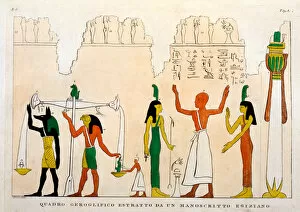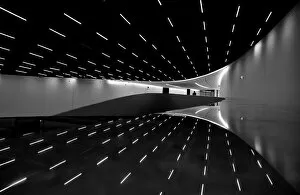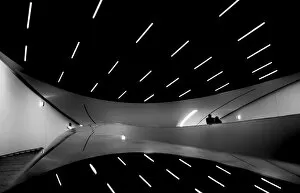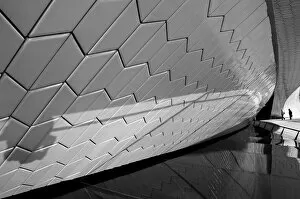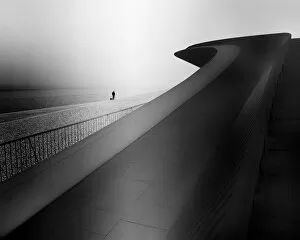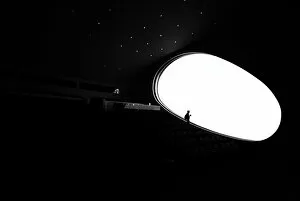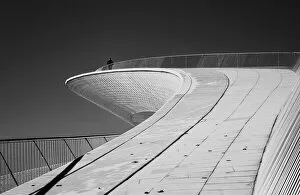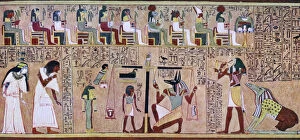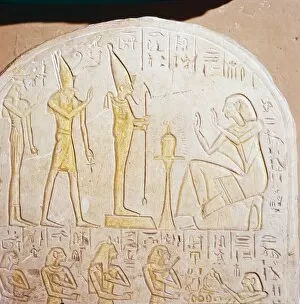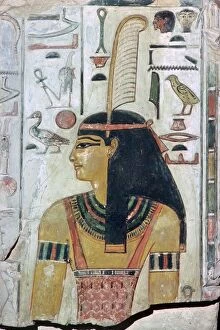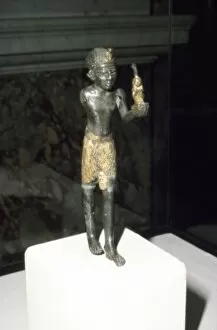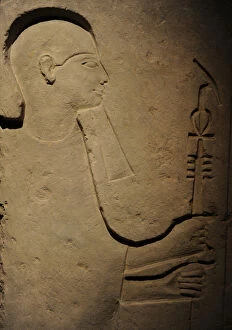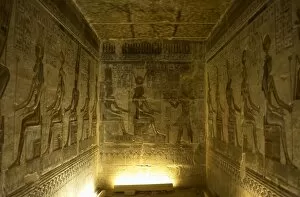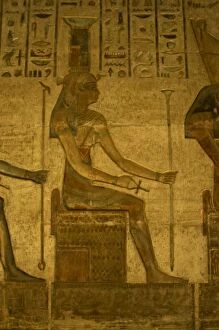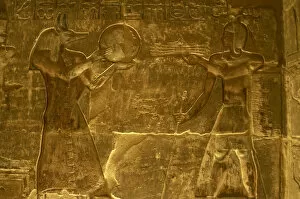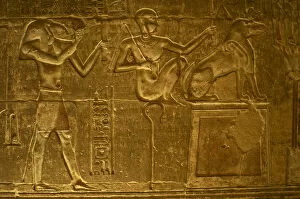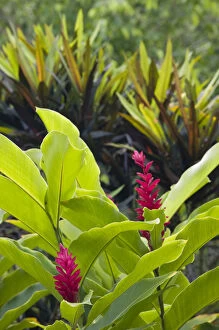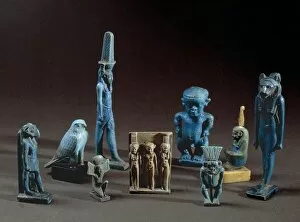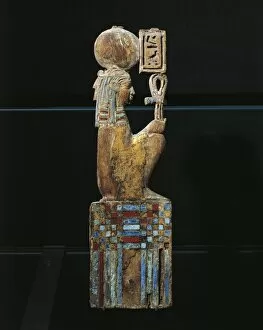Maat Collection (#2)
"Maat: The Ancient Egyptian Goddess of Balance and Justice" In the ancient world, from 1312 to 1298 BC, the goddess Maat reigned supreme
For sale as Licensed Images
Choose your image, Select your licence and Download the media
"Maat: The Ancient Egyptian Goddess of Balance and Justice" In the ancient world, from 1312 to 1298 BC, the goddess Maat reigned supreme. Represented with a feather on her head, she symbolized order, truth, and harmony. Her presence can be seen in various forms throughout history. One such depiction is found in the detail of the Sekhmet frieze on the shrine of Tutankhamun at the Cairo Museum in Egypt. Here, Maat stands tall among other deities, showcasing her significance in Egyptian mythology. Fast forward to modern times and we find ourselves at the Museum of Art, Architecture and Technology (MaT) in Belem, Lisbon. In their MAAT series titled "Visitor Exit, " Maat's influence continues to captivate audiences as they explore art that reflects balance and justice. The power extends beyond museums alone; it permeates through literature as well. In both Book of Dead/31 and Book of Dead/32, her name appears alongside rituals for eternal life - a testament to her role as a guide for souls seeking salvation. Moving away from traditional depictions, we witness an intriguing sight atop rooftops - someone running freely under Lisbon's golden sunrise. This scene reminds us that even amidst bustling cities like Lisbon, where modernity thrives, there remains room for embracing ancient principles like those embodied by Maat. Returning to Egypt once more brings us face-to-face with Psamtik I's sarcophagus from the Late Period. Painted wood showcases intricate details depicting scenes related to death rituals while also honoring Maat's presence within this sacred burial artifact. Karnak Temple offers yet another glimpse into Egyptian artistry with its relief carving portraying none other than goddess Maat herself. Standing tall amongst other gods and goddesses carved into stone walls signifies her importance within religious practices during that era.

